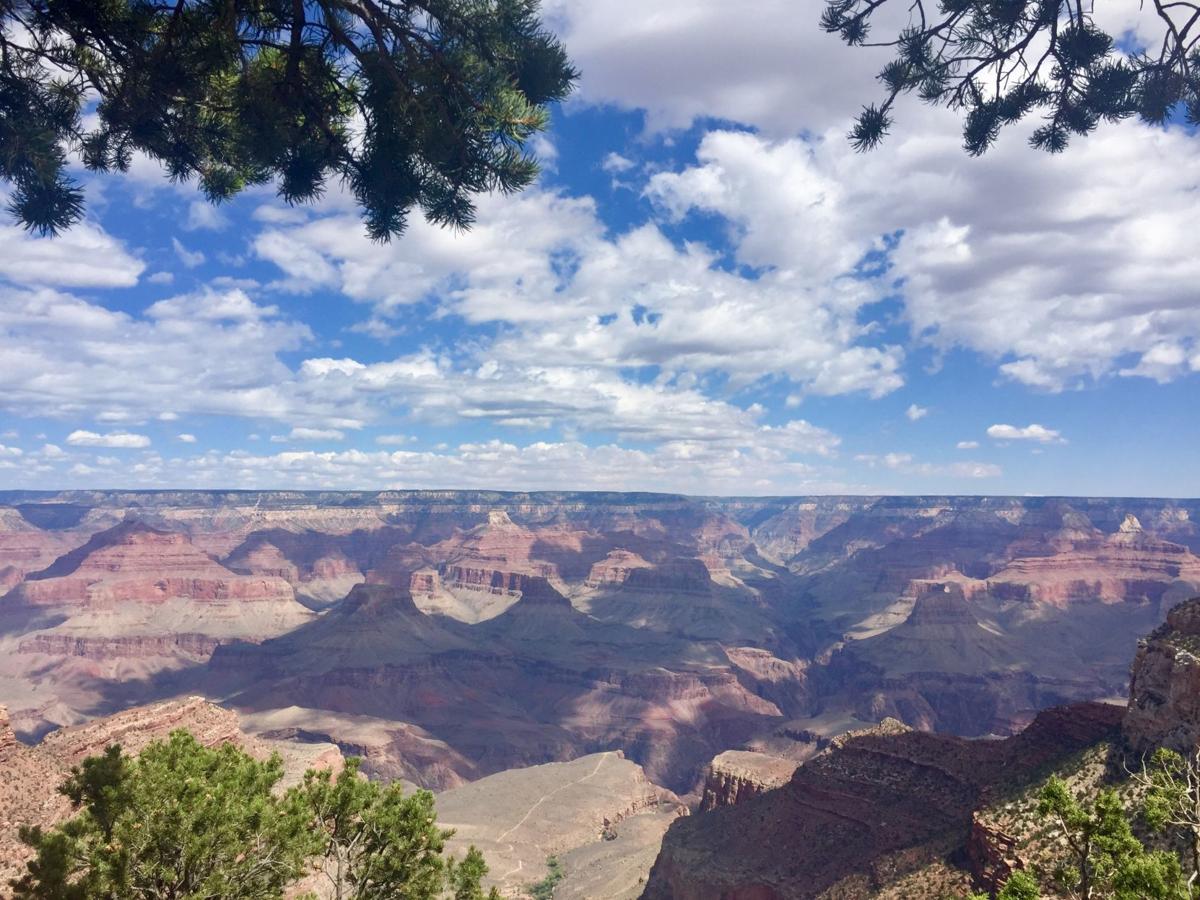When Ada Diefendorf took a pleasure trip to the Grand Canyon in 1894, she had no idea the excursion would alter her life.
Born in East Worchester, New York, on Aug. 26, 1867, the 26-year-old spinster had come west to visit an aunt who lived in Prescott.
Ada boarded a stagecoach with five other travelers for a tour of the Grand Canyon. Their guide, William W. Bass, regaled his customers with the history of the canyon. He recited poetry and played the violin, much to everyone’s delight. His talents certainly impressed Ada.
The entourage arrived at Mr. Bass’ camp near the rim of the canyon around sunset, and Ada noted in her diary that she saw the “great panorama just as the light of day was being shaded by the curtain of night.”
William Bass had been taking sightseers in and around the Grand Canyon since 1885 when he established his first tourist site, Bass Camp, about 25 miles from the South Rim. William also constructed more than 50 miles of trails through the canyon.
By the end of the tour, Ada was completely smitten with William Bass. On the evening of Jan. 6, 1895, Ada and William, 20 years her senior, were married at the Methodist Parsonage in Williams. She noted the ceremony in her diary, adding that the shivaree thrown for the newlyweds nearly drove her crazy.
The diary Ada kept encompassed the years she and William lived at the Grand Canyon. Her words show her struggle, and sometimes resistance, to the life she had chosen in the far northern regions of Arizona Territory.
Ada learned to cope with the harsh elements surrounding the canyon while maintaining a home for her family as well as catering to tourists who arrived on her doorstep expecting food, shelter, guidance and entertainment at all hours of the day and night. As more and more tents sprang up at Bass Camp to accommodate the ever-increasing number of visitors, Ada realized that the life she had chosen consisted of taking care of all these people, numerous trips back and forth between the Grand Canyon, Prescott, Ash Fork and Williams, picking up and dropping off passengers, collecting supplies for the campsites, and sleeping wherever she could find a dry place to lay. She once said she had slept or prepared a meal under every tree between Ash Fork and the canyon.
With no permanent home and money always scarce, Ada soon found herself sleeping in the company stagecoach. She took in sewing, washed dishes, and played the piano at dances to put food on the table.
In May 1896 Ada returned to East Worchester to give birth to her first child, Edith Jane. Ada would not return to the Grand Canyon, and her husband, until January 1900 when Edith was 3 years old.
On her first trip down the canyon trail, little Edith bounced along on her own horse with her mother boasting her young daughter was “probably the first child to ride a horse to the river alone.”
But if Ada had known Edith would spend the rest of her life riding up and down these treacherous paths, she might have turned around and taken the child right back to East Worchester. By the time Edith was 10 years old, she was herding horses and mules for the pleasure of her father’s customers, becoming the canyon’s first female wrangler.
Ada’s second child, William Guy “Bill” Bass, was born in Williams, followed by two more children.
Ada was responsible for ordering all food and supplies for the camps, preparing camp menus, tracking inventories, and paying the bills. When she was unavailable, or away having babies, the entire operation slowed to the pace of a stubborn mule and she often returned to an enormous mess of unordered supplies, unwashed clothes and dirty dishes.
In 1906, the Basses built their first residence near Bass Camp, called the White House, complete with warehouse, corrals, cistern and storage facilities. But if the spring runoff or July storms did not produce a sufficient supply of water in the cisterns, Ada packed the family’s dirty laundry on a mule and rode down to the Colorado River to wash clothes.
With the arrival of train travel at the Grand Canyon in 1901, what used to be a two-day stage trip from Williams could now be accomplished with a three-hour, comfortable rail ride. The railroad also brought competition from the Fred Harvey Co., which had an agreement with the Santa Fe Railroad to provide restaurants for its passengers. When the Grand Canyon became a national monument in 1908, visitors flocked to the South Rim. Since Fred Harvey’s establishments were providing nourishment and eventually housing right at the rim of the canyon, the Basses’ tourist traffic farther down the road declined.
In 1912, Ada and William established new quarters near the edge of the canyon. With siding made of pressed tin, this home was aptly named the Tin House.
But business again changed after the canyon was recognized as a national park in 1919 and the Fred Harvey Co. was awarded the primary concession franchise on the South Rim.
In 1927 the Basses sold all their holdings to the Santa Fe Railroad. Ada insisted that half the proceeds be put in her name. She had been an integral part of their tourist business for over 30 years and she felt she had earned her share of the profits.
The couple moved to Wickenburg where William died in 1933. Ada eventually settled in Phoenix.
In her declining years, her son Bill took her back to the canyon for one last visit. “She sat on the porch at the lodge for a long time,” Bill said, “watching the canyon, looking at things only her eyes saw. And then she spoke, as if answering a question that echoed across the years: ‘I love the canyon, too,’ she whispered.”
Ada died in 1951.




